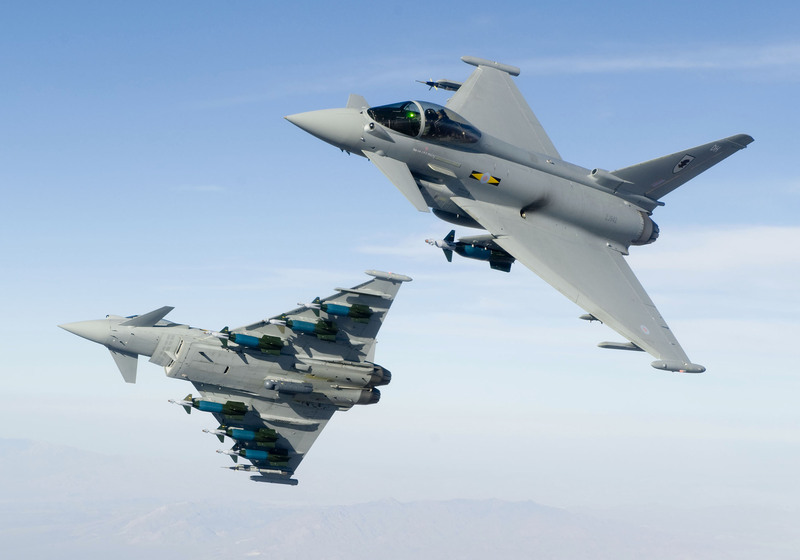Reinician Producción del DHC Twin Otter
 El fabricante del componente VIKING AIR ha reiniciado la fabricación del bimotor utilitario turbo-hélice DHC Twin Otter
El fabricante del componente VIKING AIR ha reiniciado la fabricación del bimotor utilitario turbo-hélice DHC Twin Otter
CANADA-VIKING AIR LIMITED, empresa con sede en Sydney, en la Provincia de Columbia Británica en Canadá, está reiniciando la fabricación del bimotor utilitario DHC Twin Otter. La reapertura de la producción introducirá un nuevo modelo actualizado con las tecnologías del momento, denominado Series 400, que tiene capacidad para llevar 20 pasajeros además de los dos tripulantes y que apunta tanto a operadores civiles como militares.
En Febrero del 2006 VIKING AIR adquirió a BOMBARDIER todos los certificados necesarios para tener autoridad completa sobre los diseños del bimotor Twin Otter y el monomotor Beaver –originalmente producidos por DE HAVILLAND CANADA- lo que la autoriza tanto para realizar mantenimiento y reparaciones mayores así como también para intervenir, modificar y fabricar estos aparatos.
La compra de los títulos de diseño, que cerró negociaciones iniciadas en el 2005, marcó la fase final de los preparativos para reiniciar la producción del Twin Otter, que también incluyeron la compra y habilitación de nuevas instalaciones en las provincias de Victoria y Calgary, así como la adquisición de máquinas, herramientas y la contratación de ingenieros, técnicos y operarios.
En Marzo pasado VIKING AIR confirmó un contrato por un valor de USD 14.3 millones, para proveer tres nuevos aparatos DHC-6 Twin Otter Series 400 a los “Golden Knights” (“Caballeros Dorados” en inglés), el equipo oficial de paracaidismo para presentaciones del Ejército estadounidense.
Los nuevos aviones reemplazarán a dos Twin Otter, Serie 300 -denominados UV-18B- que han sido operados por el equipo desde que fueron comprados nuevos a de Havilland Canadá en 1979. La entrega del primero de los nuevos aviones está programada para 2010, mientras que los dos aparatos restantes serán entregados en el 2011.
Hace un par de semanas el nuevo fabricante canadiense también confirmó que la Fuerza Aérea de los Emiratos Árabes Unidos ya le encargó uno de los nuevos DHC Twin Otter. Sin embargo, aunque los voceros de la empresa reconocieron la existencia de negociaciones para potenciales ventas a otros operadores militares y paramilitares, se negaron a identificar a los otros posibles clientes.
El DHC Twin Otter es apreciado por su capacidad STOL (Short Take-Off and Landing), que le permite despegar y aterrizar en espacios cortos o restringidos, y por su configuración de ala alta que es ideal para el lanzamiento de paracaidistas.
El aparato es ampliamente operado en América del Sur por distintos operadores militares, incluyendo a las fuerzas aéreas de Argentina, Chile y Perú.
VIKING AIR se adjudicó en Septiembre pasado un contrato para hacer el repaso y modernización de un DHC Twin Otter Series 200 de la Fuerza Aérea Argentina (FAA). El aparato, normalmente asignado en apoyo de operaciones antárticas, recibirá un motor PT6A-27 de PRATT & WHITNEY CANADA, que lo transformará al estándar Series 300. Se espera que los restantes cinco aviones Series 200 –sobrevivientes de una docena de aparatos adquiridos a principios de los setenta- que están asignados al Grupo Aéreo 9 con base en Comodoro Rivadavia, sean también sometidos a la misma modernización.
Creada en 1970, VIKING AIR se ha especializado hasta ahora en la manufactura de partes para las aeronaves fabricadas por BOMBARDIER y BELL, así como la reparación y modificación de aviones. La empresa es parte del grupo de inversiones financieras canadiense Westerkirk Capital, cuyos intereses están en la hotelería, el transporte aéreo y los bienes raíces.
Los títulos de diseño adquiridos en el 2006 al Grupo BOMBARDIER incluyen al DHC-1 Chipmunk, el DHC-2 Beaver, el DHC-3 Otter, el DHC-4 Caribou, el DHC-5 Buffalo, el DHC-6 Twin Otter y el DHC-7 Dash. Se espera emplear estos diseños para desarrollar y fabricar versiones tecnológicamente actualizadas de esos aparatos.
.- Saludos.
















